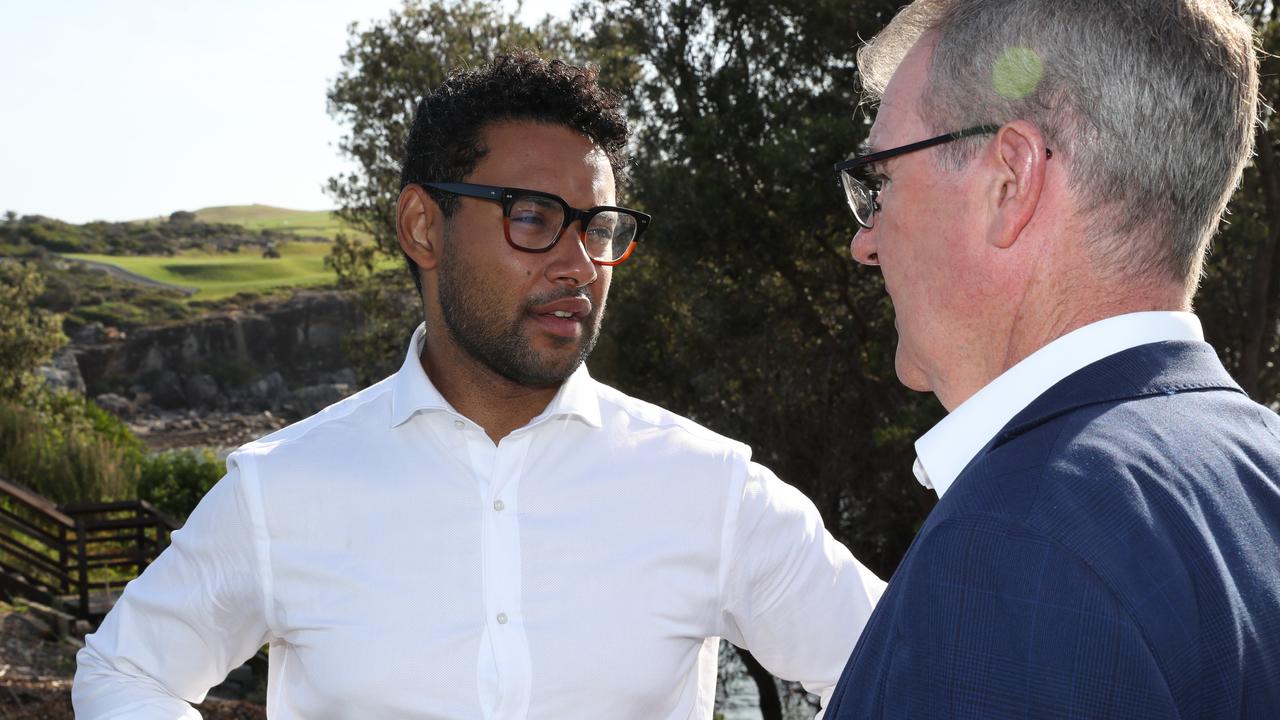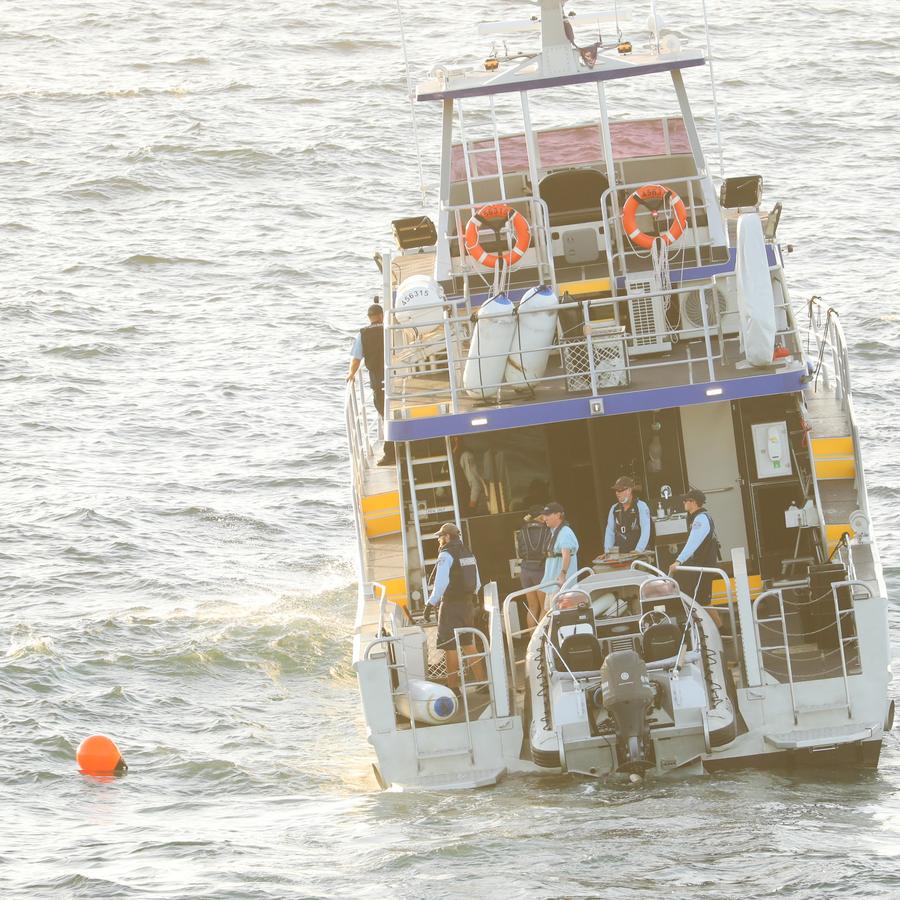Randwick City beaches to get hi-tech shark detection systems within weeks
New technology to help detect sharks is scheduled to be rolled out on Randwick City beaches within weeks, but experts say it is too little — and for attack victim Simon Nellist it is too late.
New technology to help detect sharks is expected to be rolled out on Randwick City beaches within weeks, after the council voted last year to take part in a state government trial.
Technology including SMART drumlines, drones and listening stations will be trialled alongside existing shark nets.
The trial still hasn’t begun, but in an example of terrible timing, it is expected to be rolled out in just weeks.
Local politicians said on Thursday that it was still unclear whether anything could have been done to prevent Wednesday’s fatal shark attack.

“Randwick City Council has been working with the Department of Primary Industries to trial new technologies along our coast, including drumlines, drones and the like, but at this point it’s too early to know (whether they would have helped),” Randwick Mayor Dylan Parker said.
He said the council had “enthusiastically requested” new technology to help keep swimmers safe last year.
Mr Parker said governments should listen to experts about what new measures, if any, should be taken.
“This has been a very shocking event, we’re going to re-evaluate our patrols, but we can’t have a knee-jerk reaction here. Any response needs to be informed by the best science and research,” he said.
Maroubra MP Michael Daley said drones could “help” detect sharks, but may not have prevented the sudden attack.
“You can’t protect the entire coast from sharks, it’s just not possible,” Mr Daley said.
The NSW government last year increased funding for the state’s shark management plan to $21.4 million, expanding the SMART drumline program into most local government areas for year-round coverage, and providing Surf Life Saving NSW drone surveillance at up to 50 beaches at key times in every coastal local government area.
Australia’s waters remain the world’s most dangerous for fatal shark attacks, but the nation’s safety response is based on a report that is now almost a decade old as policymakers are accused of having blood on their hands.
The last time the federal government reviewed the nation’s shark policy was in 2013. Since then, there have been 155 unprovoked attacks, with 19 fatalities.
In NSW, nine people have died in 65 attacks over that time, including the tragedy at Little Bay on Wednesday.
‘WE’RE PAYING WITH OUR LIVES’
News Corp surfing editor Fred Pawle said he had asked the previous four federal environment ministers when they planned to review the 1999 decision to put great white sharks on the protected species list and had yet to receive a reply.
He has yet to approach the current federal Environment Minister Sussan Ley.
“Australians are paying for these policies with their lives,” Mr Pawle said.
“I have been asking for years now and not one politician has been willing to say that they are going to do something about it.

“I would never argue for a species to become extinct, but I would argue for control of the shark population that is putting the safety of humans at risk.
“The indisputable fact is that there are more sharks in the waters off Australia’s beaches.”
The actual numbers remain in dispute among shark researchers, with the government’s 2013 report stating there was no reliable estimate of the number of great whites but estimating there were probably at least 1500. It cited “historical evidence” of a greater decline in white shark numbers over the previous 60 years compared to other shark species.
Through genetic testing of juvenile sharks, the government’s scientific agency CSIRO believes there are now about 750 adult great whites off eastern Australia and an estimated 1460 off the country’s southwest.
November to April is statistically the most dangerous time in Sydney for attacks.
According to the International Shark Attack File, from 1990 to 1999 there were 500 unprovoked shark attacks worldwide, between 2000-2009 there were 661, and 803 between 2010 and 2019. Last year there were just 126 attacks as people stayed home because of the Covid pandemic.
Australian waters showed the second-highest number of attacks globally, but with the most fatalities at three.
Gavin Naylor, director of the Florida Museum’s shark research program which compiles the international statistics, believes there are more great whites, leading to more attacks.
“The spike in 2020 and 2021 is almost certainly because of the expanding numbers of white sharks, which have been increasing in various localities likely in response to a boom in the seal populations they feed on,” Mr Naylor said in their latest annual report.
The Little Bay attack was the second shark fatality worldwide this year, after a diver was killed on February 12, by what was likely a great white, while collecting scallops in Yavaros, Mexico.
His crew, which rescued him although he later died, estimated the shark to be 3-4m long.
There has not been a fatal attack on a meshed beach in NSW since 1951, which hasn’t stopped councils like Waverley voting last year to reject the use of shark nets at Bondi and Bronte beaches, a suggestion rejected by the state government.
Ms Ley’s office was approached for comment but did not reply by deadline.




